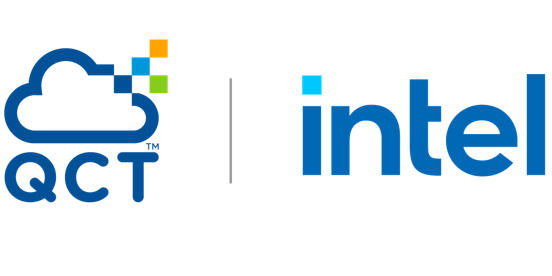 The European Exascale Projects team has published a new report summarizing the results from the last five years of research.
The European Exascale Projects team has published a new report summarizing the results from the last five years of research.
High Performance Computing (HPC) is at the core of major advances and innovation in the digital age – as the European Commission (EC) stated in a recent Cordis article. In the current framework programme, Horizon 2020, Europe has committed €700M to supercomputing research. European ambitions in this field are high: the declared goal is to have a supercomputer based on EU technology featuring among the world top three by 2022. To reach this aim, Europe can build on Exascale research efforts that got under way in the previous funding framework, FP7. Between 2011 and 2016, eight projects, with a total budget of more than €50 Million, were selected for this first push in the direction of the next- generation supercomputer: CRESTA, DEEP and DEEP-ER, EPiGRAM, EXA2CT, Mont-Blanc (I + II) and Numexas. The challenges they addressed in their projects were manifold: innovative approaches to algorithm and application development, system software, energy efficiency, tools and hardware design took centre stage. Over the last five years, the projects have joined forces and started developing a European Exascale Community. The idea was to leverage synergies between the projects and establish a platform for scientific exchange – but also to increase the visibility of European efforts in HPC on a global scale.
The report includes summaries of six projects:
CRESTA. The Collaborative Research into Exascale Systemware, Tools and Applications (CRESTA) project developed techniques and solutions for some of the most difficult technical challenges that computing at the Exascale can present. The project had two integrated strands: one focused on enabling a key set of applications for Exascale, the other focused on building and exploring appropriate systemware for Exascale platforms. All of the applications had demonstrated a need for Exascale performance with associated scientific challenges of global significance that cannot be solved on current petascale systems, but require Exascale performance. At the heart of the project was the co-design process, with the co-design applications providing guidance and feedback to the Exascale software development process, and integrating and benefitting from this development. CRESTA employed incremental and disruptive approaches throughout – sometimes following both paths for a particular problem to compare and contrast the challenges associated with the approach.
DEEP and DEEP-ER. The DEEP & DEEP-ER projects develop a novel, highly flexible Exascale-ready HPC platform based on the Cluster-Booster architecture featuring a complete, standards-based and easy-to-use software stack. A set of 11 real-world HPC applications drives a stringent co- design process with the aim of fine-tuning the architecture to actual Exascale application requirements. The projects address key challenges on the way to next-gen supercomputers like energy efficiency, highly scalable I/O, resiliency, memory hierarchies.
EPiGRAM. The aim of the EPiGRAM project is to prepare Message Passing and PGAS programming models for Exascale systems by fundamentally addressing their main current limitations in scalability.
EXA2CT. The EXA2CT project brings together experts at the cutting edge of the development of solvers, related algorithmic techniques, and HPC software architects for programming models and communication. Its goal is to produce modular open source proto-applications that demonstrate the algorithms and programming techniques developed in the project, to help boot-strap the creation of genuine Exascale codes. Technologies developed in EXA2CT range from advanced libraries such as ExaShark and GASPI that help to program massively parallel machines to solver algorithms improved by better overlapping communication and computation and by increasing the arithmetic intensity. All of this is verified on industry relevant prototype applications.
Mont-Blanc (I + II). All phases of the Mont-Blanc project share the vision of developing a European Exascale approach leveraging commodity power- and cost-efficient embedded technologies. The key outcome of the project is the deployment of ARM-based computing platforms enabling ARM architecture in HPC, which boost system software development and allow to test real scientific applications at scale. Based on the experience gained from the development of various platforms since 2011 and implementing a co-design approach, the Mont-Blanc project now aims to define the architecture of an Exascale-class compute node based on the ARM architecture, and capable of being manufactured at industrial scale.
Numexas. The overall aim of NUMEXAS is to develop, implement and demonstrate the next generation of numerical simulation methods to be run under Exascale computing architectures.




